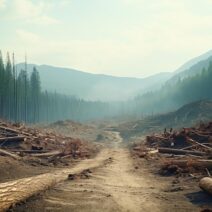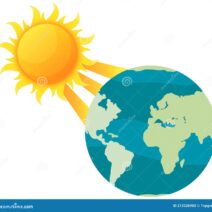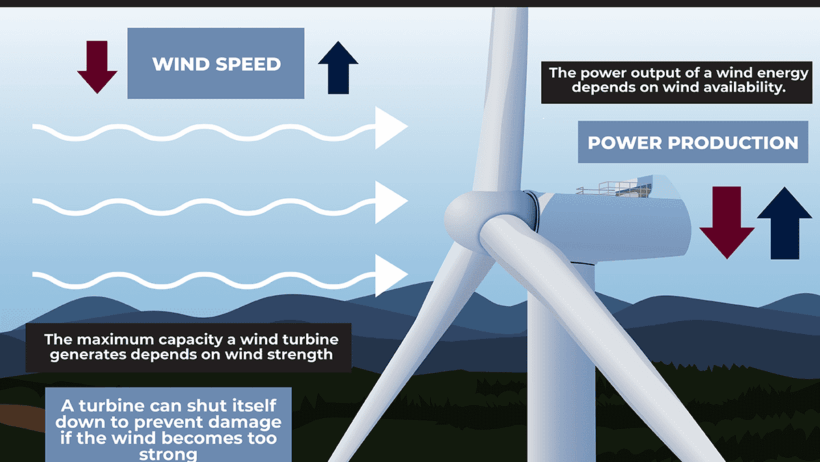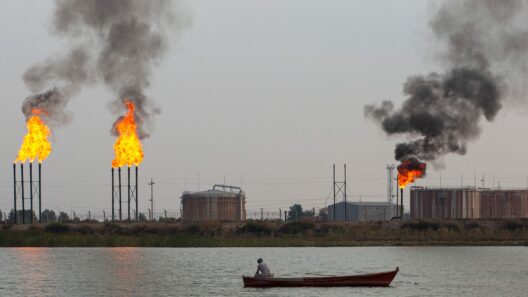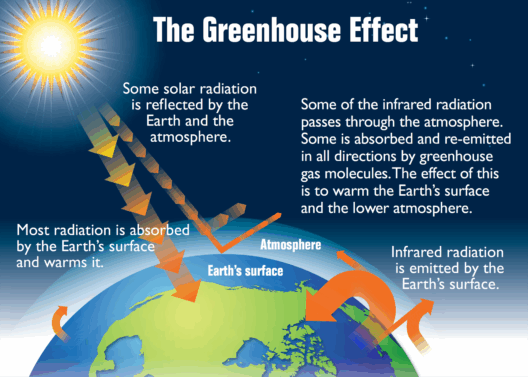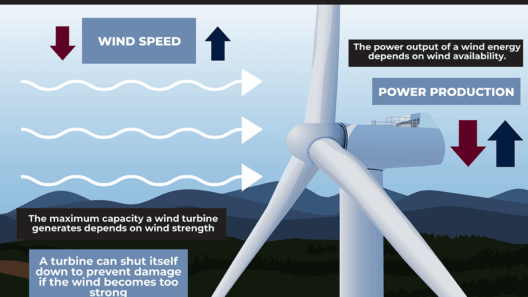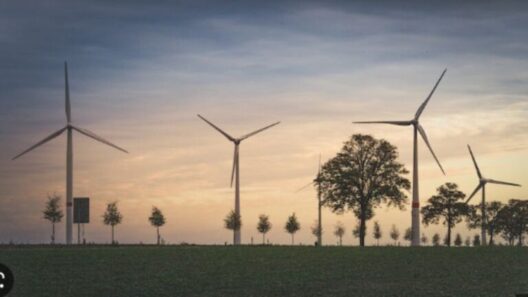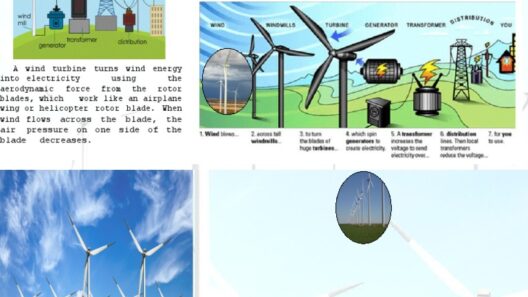Imagine standing on a windswept hill, surrounded by tall metal giants, their blades slicing through the air with grace and power. Have you ever wondered how much energy these remarkable structures can generate? As global energy demand surges, understanding the collective output of wind farms becomes paramount. What is the true potential of multiple turbines combined, and how do they contribute to our energy landscape?
Wind farms are clusters of wind turbines, interconnected to harness the kinetic energy of wind and convert it into electricity. The collective energy output of these wind turbines does not merely represent the sum of their capabilities; it embodies a synergistic relationship that maximizes efficiency while minimizing ecological footprints. To grasp the impact of wind farms comprehensively, we must delve into several facets: energy capacity, factors influencing production, and the broader environmental implications.
The Power of Collective Capacity
A single wind turbine can produce, on average, between 1.5 to 3 megawatts of electricity, depending on its size and technology. However, when we scale that up to a wind farm, typically comprising dozens to hundreds of turbines, the total energy output can lead to astonishing figures. For instance, a 100-turbine wind farm might produce anywhere from 150 MW to 300 MW of energy, enough to supply power for thousands of homes. This aggregation of energy production transforms localized efforts into a substantial supply of renewable electricity.
Additionally, the collective design of a wind farm allows for optimized placement of turbines. When strategically located, turbines can benefit from increased wind flow, reducing the impact of turbulence that individual turbines might face. Researchers have demonstrated that the arrangement—be it in rows or clusters—plays a symbiotic role, enhancing the performance of each turbine and thereby maximizing the overall yield of the wind farm.
The Dynamics of Energy Production
Wind energy production is not static; it ebbs and flows based on a myriad of variables. The two most significant factors influencing energy output are wind speed and turbine design. Wind turbines operate best at wind speeds between 10 to 15 miles per hour. At these velocities, the energy captured is at its peak.
However, how do we account for the unpredictability of wind? This is where efficiency emerges as a critical player. Turbines are typically rated based on their capacity factor, which is a measure of expected versus actual output. A well-situated wind farm might achieve a capacity factor of 40% or more, which translates to operational performance that reflects actual wind conditions over time. Thus, while wind speed varies, efficient turbine technology and placement can help ensure consistent energy availability.
Moreover, weather patterns, geographic location, and seasonal variations all play a role. Coastal and higher altitude regions often experience stronger and more consistent winds, making them prime candidates for wind farm installations. In contrast, areas shielded by mountains or valleys might see diminished potential due to swirling winds and complex topography. Understanding these dynamics is crucial for predicting a wind farm’s output throughout the year.
Wind Energy’s Environmental Contribution
The environmental ramifications of transitioning towards wind energy are profound and multi-faceted. Wind farms produce energy without emitting greenhouse gases during operation, presenting a stark contrast to fossil fuel-based power generation. With a voracious consumption of resources, the stakes of climate change are higher than ever. Wind energy offers an integral piece of the solution—reducing our carbon footprint and contributing to global sustainability efforts.
Yet, transitioning to renewable energy sources such as wind does not come without its set of challenges. Critics often cite concerns regarding land use, wildlife impacts, and aesthetic considerations. Large wind farms can require significant land areas, which may disrupt local ecosystems or wildlife habitats. Birds and bats, in particular, face risks from turbine collisions. It is vital that developers undertake thorough environmental assessments and follow best practices to minimize impacts while maximizing renewable energy production.
The question arises: can we strike a balance between harnessing wind energy and preserving natural habitats? Strides are being made in turbine technology to mitigate these concerns, such as using radar technology to detect flying wildlife and adjusting turbine operation accordingly during high-risk times.
Into the Future: The Role of Wind Farms
As the world pivots towards sustainable energy solutions, the role of wind farms will only become more critical. With advancements in turbine technology, adaptive project planning, and a comprehensive understanding of environmental dynamics, we stand on the cusp of an energy revolution. Wind energy has the potential to be a cornerstone in our energy portfolio, making significant contributions not only to local economies but also to the battle against climate change.
So, as we look to the future, we must ask ourselves: are we ready to invest in the possibilities of wind energy? With its proven benefits and transformative potential, the question isn’t whether wind farms will power our future—it’s how will we embrace and enhance their capacity to do so.
The winds of change are here, and with them, a remarkable opportunity to reshape our energy landscape for generations to come.
